Are you aware of what happens to rainwater after it hits the ground? In urban areas, it flows through a network of pipes and channels known as a storm drain system. This system is critical in preventing flooding, but it also plays a crucial role in keeping our waterways clean. In this article, we will discuss everything you need to know about storm drains, including their function, maintenance, and potential environmental impact.
Table of Contents
What is a Storm Drain System?
A storm drainage system is a network of pipes and channels designed to collect and transport rainwater away from urban areas. Stormwater, which is generated when precipitation falls on impervious surfaces such as roads, sidewalks, and parking lots, is carried through the system to a treatment plant or directly to a waterway.
How Does a Storm Drain System Work?
Storm drains work by collecting rainwater from surfaces such as roads, parking lots, and sidewalks through a network of grated inlets. The water then flows through a series of pipes and channels, eventually ending up at a treatment plant or discharging directly into a waterway. The system is designed to prevent flooding in urban areas by quickly transporting rainwater away from these surfaces.
What is the Difference Between a Storm Drain System and a Sewer System?
A storm drain system is designed specifically to handle rainwater, whereas a sewer system is designed to transport human waste and other household wastewater to a treatment plant. Stormwater and wastewater are kept separate to prevent contamination of our waterways.
Maintenance of Storm Drain Systems
Proper maintenance of storm drainage systems is critical to their effectiveness. Regular cleaning and inspection of the system can prevent clogs and blockages, which can lead to flooding during heavy rain events. In addition, proper disposal of hazardous materials can prevent contamination of our waterways.
How Often Should Storm Drains be Cleaned?
The frequency of cleaning storm drains depends on a variety of factors, including the size of the system, the amount of rainfall, and the level of debris and pollutants in the system. In general, larger systems with high levels of debris and pollutants should be cleaned more frequently.
What Happens to Debris and Pollutants Collected from Storm Drains?
Debris and pollutants collected from storm drains are typically disposed of at a landfill or treatment plant. In some cases, however, pollutants such as oil and grease can be recycled or reused.
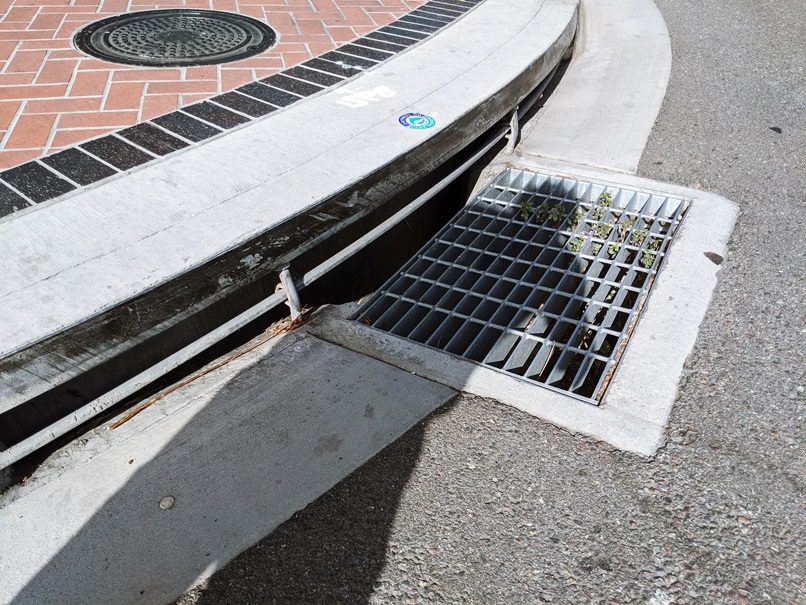
Environmental Impact of Storm Drain Systems
While storm drain systems are critical in preventing flooding in urban areas, they can also have a significant environmental impact. Stormwater runoff can carry pollutants such as oil, grease, and sediment into our waterways, which can harm aquatic life and damage the ecosystem.
How Can We Reduce the Environmental Impact of Storm Drain Systems?
There are several ways to reduce the environmental impact of storm drain systems. Implementing green infrastructure, such as rain gardens and bioswales, can help filter pollutants from stormwater before it enters our waterways. Proper disposal of hazardous materials, such as oil and paint, can also prevent contamination of our waterways.
What is a Rain Garden?
A rain garden is a shallow depression in the ground that is planted with native vegetation. It is designed to capture and filter stormwater runoff, allowing it to infiltrate into the ground rather than flowing into a storm drain system. Rain gardens can help reduce the amount of pollutants entering our waterways and provide habitat for native wildlife.
Frequently Asked Questions(FAQ)
What is the purpose of a storm drain system?
The purpose of a storm drain system is to collect rainwater and direct it away from developed areas, such as roads and buildings, to prevent flooding and erosion.
How does a storm drain system differ from a sewer system?
A storm drain system differs from a sewer system in that it is designed to collect only rainwater, while a sewer system is designed to collect and treat wastewater from homes and businesses.
What happens to debris and pollutants collected from storm drains?
Debris and pollutants collected from storm drains are typically transported to a treatment plant for proper disposal or treatment. In some cases, such as with oil and grease, they can be skimmed off the surface of the water and recycled or disposed of properly.
How often should storm drains be cleaned?
The frequency with which storm drains should be cleaned depends on a variety of factors, including the size and type of the drainage system, the amount of rainfall and runoff, and the level of pollutants in the area. Generally, storm drains should be cleaned at least once a year to ensure they are functioning properly and to prevent blockages.

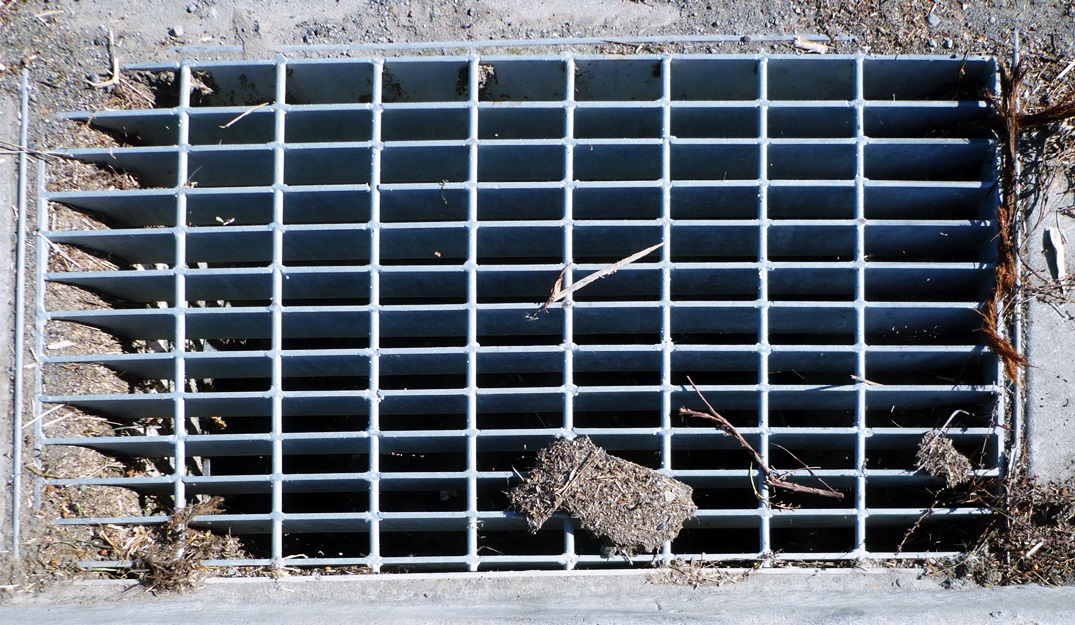
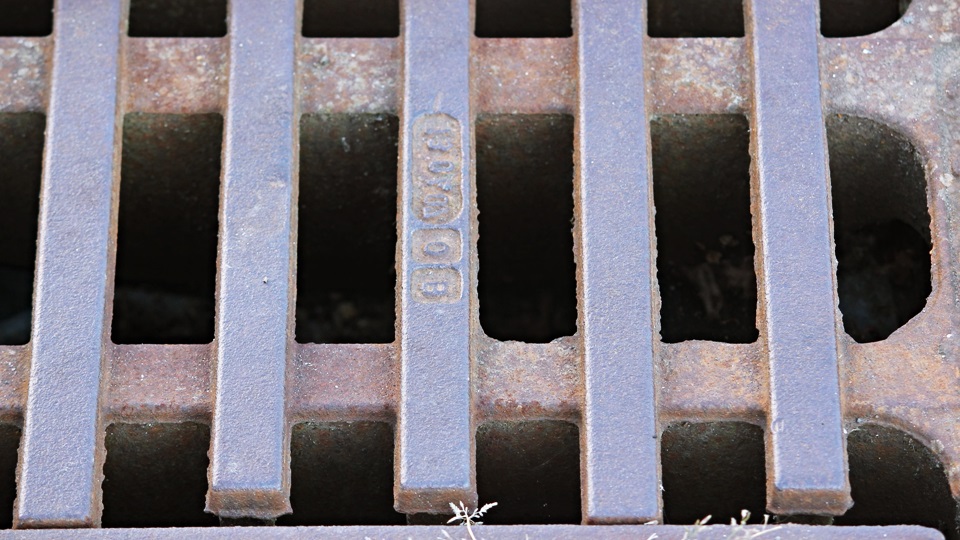

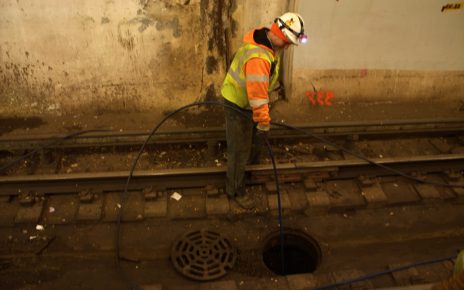
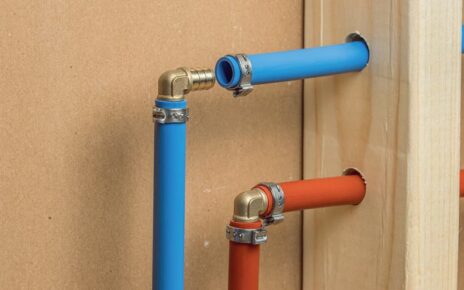
Thanks for also explaining how storm water systems could dispose of pollutants. I plan to find a good storm water system maintenance service soon because I recently had roofing upgrades for my home in order to better protect it from rains. I think that its storm water system will also have to be upgraded in conjunction with that.